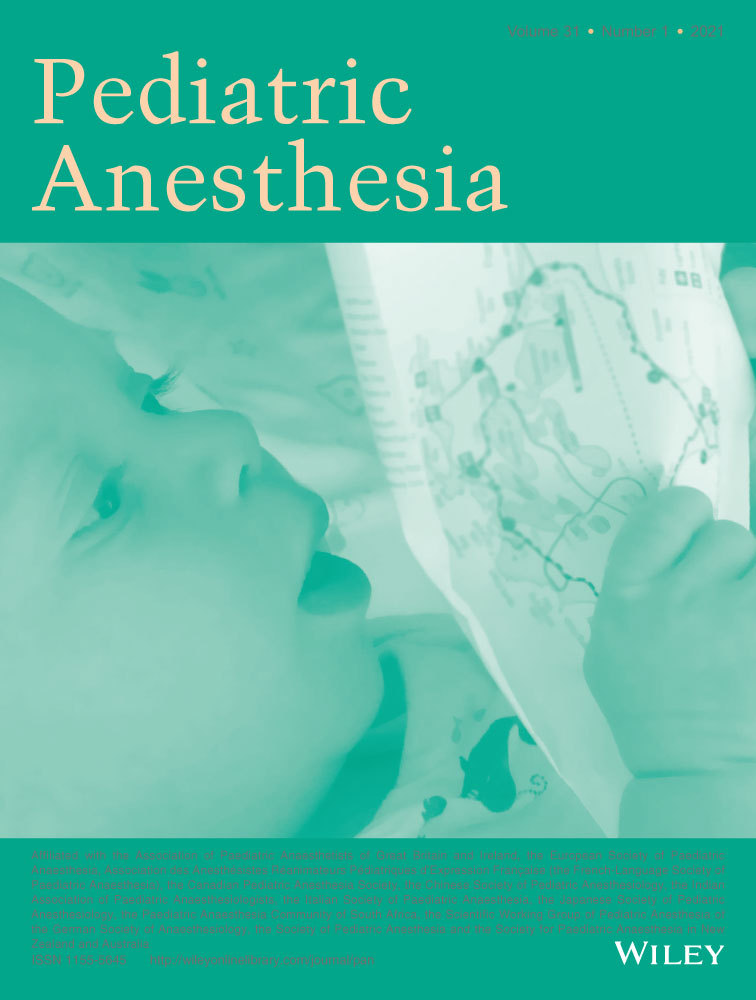Mindfulness and GAIN: The solution to burnout in medicine?
Abstract
Burnout is a state of emotional and physical exhaustion associated with internal and external stressors. Drivers of burnout include the expectation that we as physicians place our patients first, ahead of our own self-care; that seeking help is a sign of weakness in the culture of medicine; practice inefficiencies, including those imposed by electronic medical records; and a lack of personal resilience suffered by many physicians. The costs of burnout are high, including a decrement in the quality of care, increased turnover, and physician suicide. Changes in the culture of medicine and practice efficiency will rely on excellent leadership. On the other hand, we are individually responsible for our personal resilience. We can enhance our resilience with a variety of tools, including meditation and mindfulness practice. Fortunately, these practices are becoming more mainstream and readily available to us. This article will briefly review the problem of burnout, including drivers and costs, and then focus on meditation and mindfulness practices that we may embrace in order to become more resilient.
CONFLICT OF INTEREST
The author reports no conflict of interest.




